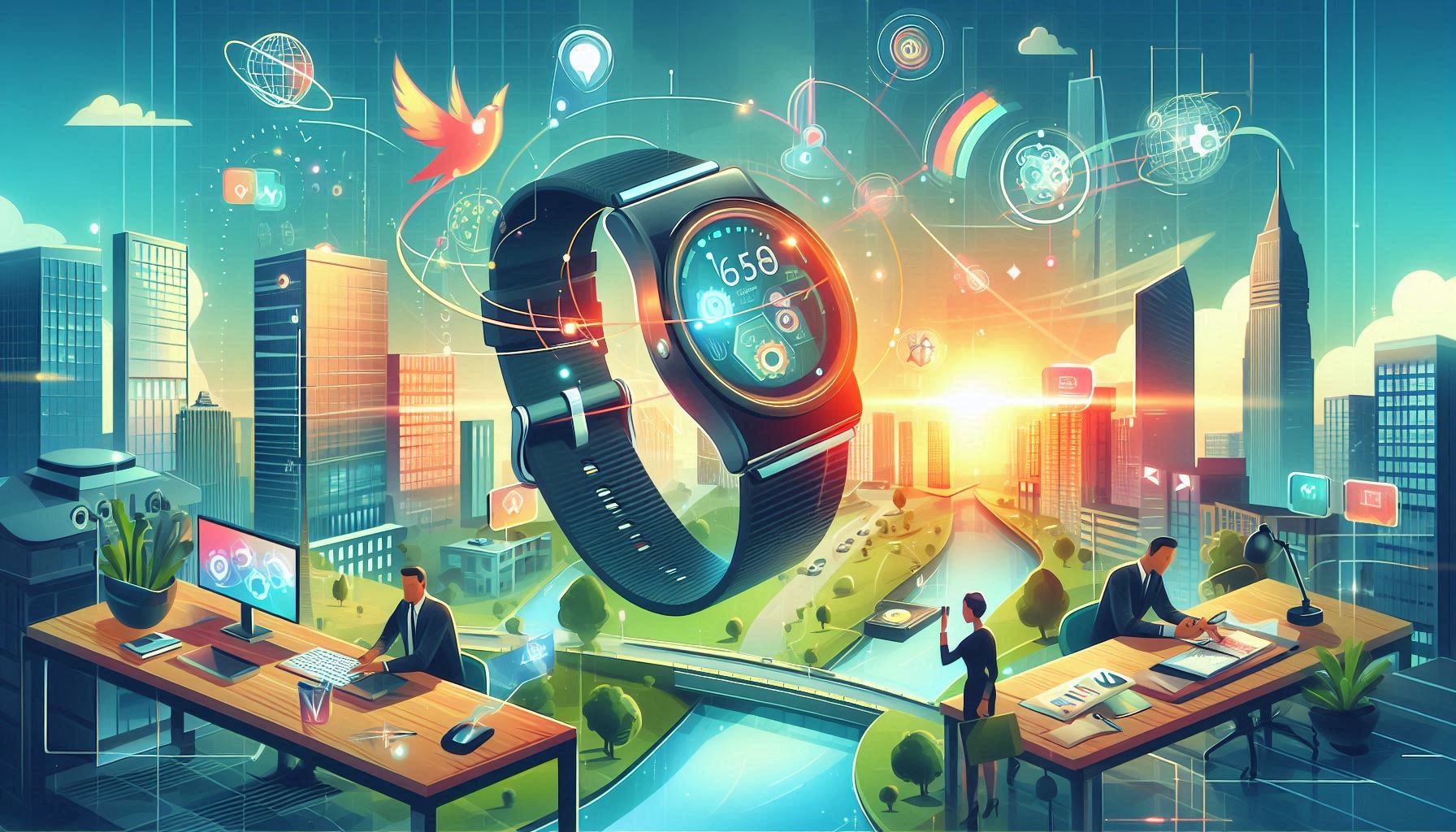The rise of remote work has redefined how businesses operate. With flexibility and mobility becoming core priorities, companies are increasingly adopting advanced technologies to empower their workforce. One such innovation that’s gaining momentum is wearable technology (Wearables).
Wearables—like smartwatches, fitness trackers, and AR/VR headsets—are no longer just consumer gadgets. They are evolving into powerful business tools, especially in the remote work landscape.
Enhancing Productivity and Communication
Wearables allow seamless, real-time communication, helping remote employees stay connected with their teams. Smartwatches can notify users of meetings, emails, and task updates without interrupting their workflow. AR glasses can assist remote teams with hands-on tasks, training, or live collaboration across locations.
By integrating wearables into daily operations, companies can foster faster decision-making and improved collaboration—regardless of geography.
Improving Employee Health and Well-being
Remote work often blurs the line between personal and professional life, leading to burnout. Wearables help track health metrics like heart rate, activity levels, and sleep patterns. Organizations can use this data to promote wellness initiatives, ensuring their teams remain healthy, balanced, and engaged.
By encouraging breaks, workouts, or mindfulness through wearables, companies can reduce fatigue and enhance overall productivity.
Enabling Field Work and Remote Support
Industries such as logistics, healthcare, and construction rely on remote field workers. Wearables like smart glasses enable real-time video support, remote diagnostics, and guided instructions. This minimizes errors, cuts travel costs, and allows experts to assist teams from anywhere.
For example, a technician wearing AR glasses can stream live footage to a supervisor, who provides immediate feedback—cutting downtime and boosting efficiency.
Data-Driven Decision Making
Wearables generate valuable data on employee behavior, performance trends, and work habits. With advanced analytics, managers can identify bottlenecks, track KPIs, and tailor workflows for better outcomes. This insight helps leaders make informed decisions to optimize team performance remotely.
At Webyug Infonet LLP, we provide scalable, custom-built solutions that integrate wearable technology into your remote work infrastructure. Our wearable-enabled platforms help businesses streamline operations, support remote teams, and ensure secure data handling—delivering a future-ready digital workplace.
Conclusion
The remote workforce revolution is here to stay, and wearables are emerging as key enablers of this transformation. From enhancing communication and productivity to promoting health and safety, wearable technology bridges the gap between physical distance and operational efficiency.
Webyug Infonet LLP is proud to be at the forefront of this innovation, delivering smart, secure, and adaptive solutions for today’s hybrid work environments. If your organization is ready to leverage the power of wearables, we’re here to help you lead the change.

